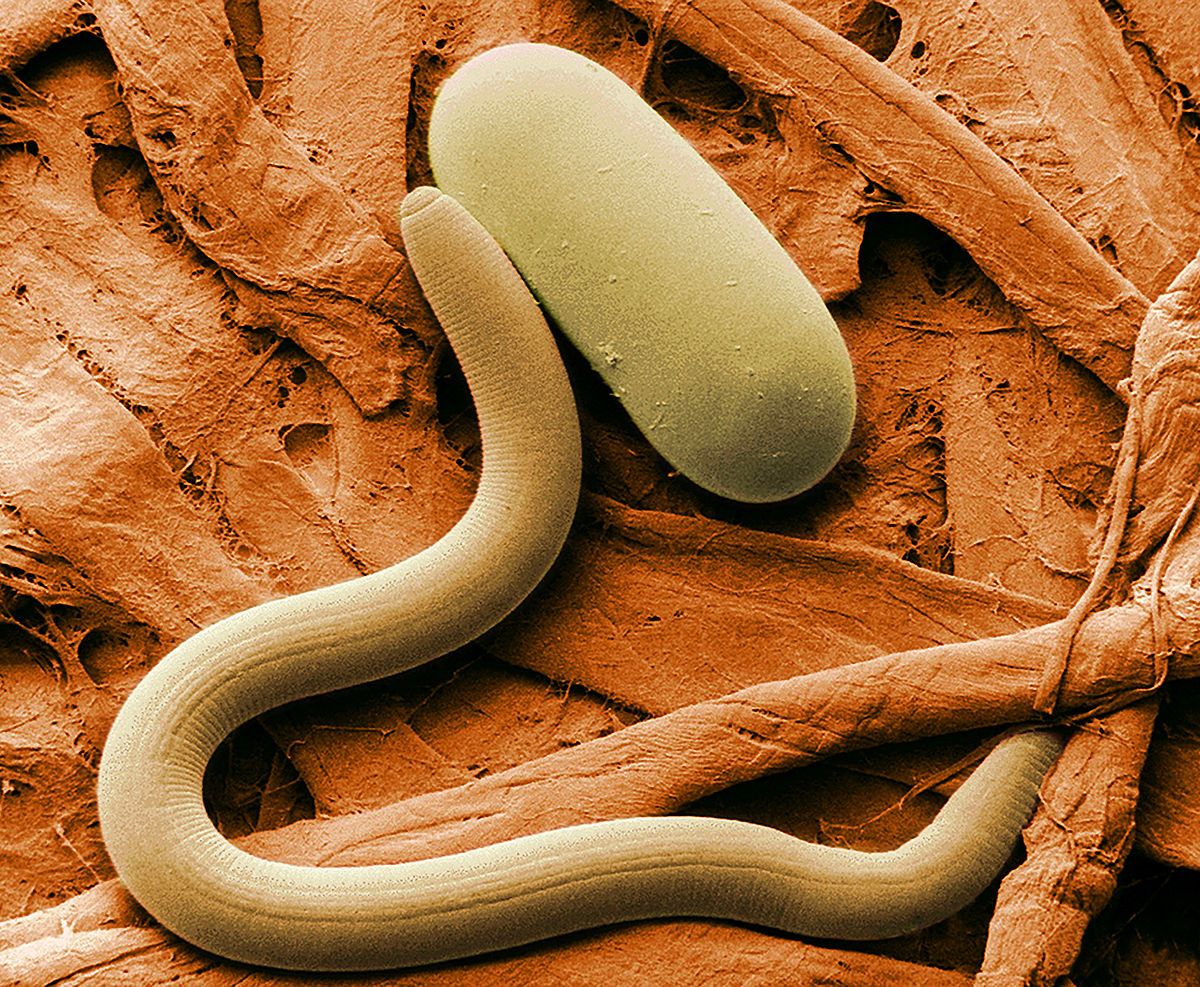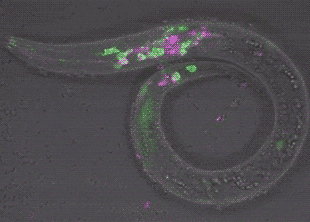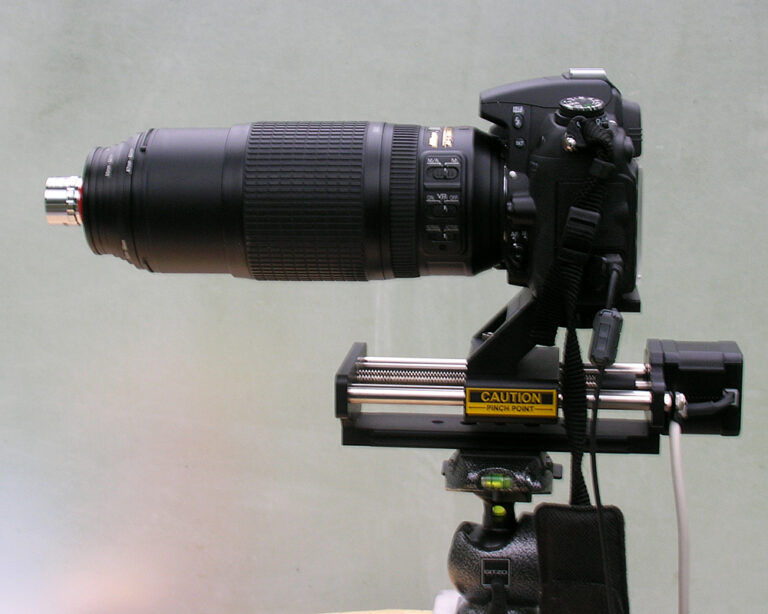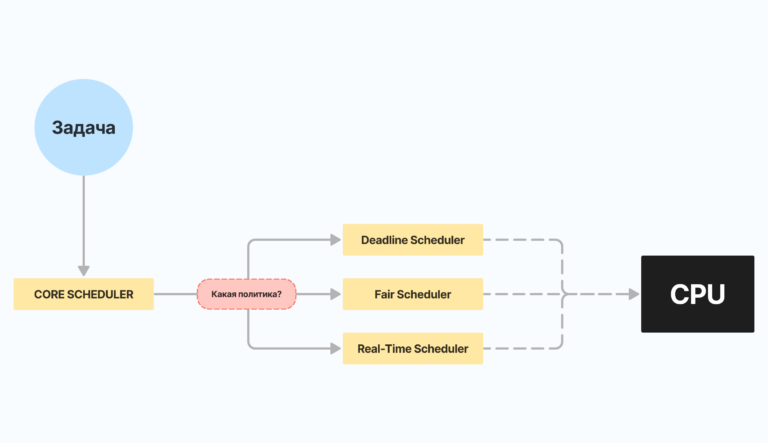The Japanese have found a way to mark the nematode neurons

A few weeks ago, we published an article describing the work of American scientists who were able to map a Drosophila brain. It took 12 years and $ 40 million, but the result was worth it, because this project allows you to better understand how the nervous system of living organisms works.
Now it became known about an interesting project by Japanese scientists who learned to label neurons of Caenorhabditis elegans nematodes. These are worms whose nervous system consists of only 302 neurons, so monitoring their work is much easier than in the case of more complex living organisms.
Japanese were able to bring out wormswhose nervous system expresses a specific set of markers. In addition, an algorithm has been developed that tracks the work of worm neurons, identifying the activity of individual cells in a semi-automatic mode. Unfortunately, even in the case of these simple living organisms, it was not possible to determine all the neurons involved in the life of the worm.

But most of the neurons were able to identify. C. elegans is an excellent option for tracking the operation of both individual neurons and the entire network. Scientists have compiled a model of the worm’s nervous system, tracking individual neurons.
Interestingly, in adult worms, the location of individual neurons may differ. In young individuals, the difference is not too significant, but in adult nematodes, yes, so the process of identifying nerve cells is complicated. However, scientists were able to visualize the work of the entire nervous system of the worm, including the state of rest and movement.
In order to determine which neurons are responsible for what, scientists decided to use specific markers. But they do not give a complete picture, since such a method is only suitable for monitoring the operation of individual subsystems. Too many individual markers must be used to identify each individual cell.
The project was launched by Fuhui Long, who managed to compile a 3D atlas of nematode larvae. They noted the location of 357 of the 558 cells of the worm, as well as possible location options. But neurons of the head nerve node are not described. The reason is that their density exceeds the indicator admissible for modern monitoring methods.
Therefore, scientists decided to create a new set of identifiers. In order to get out of the situation, the Japanese identified certain promoters with special fluorescent labels. A promoter is a specific region of DNA that is used as the start of transcription. Different cells are characterized by different promoters. If desired, you can use fluorescent proteins that work when the expression of a certain promoter.
Scientists decided to choose this particular method in order to evaluate the principle of operation of the nervous system of nematodes. Thus, specialists monitored the expression of 35 different promoters in the nerve cells of 311 worms. After that, the scientists decided to compare the locations of the same cells in different worms. Cells that can be placed in the worm’s body in different ways have been isolated.
The final stage of the project was the isolation of three promoters responsible for the work of a large number of cells, and then the binding of cells to fluorescent cells, which made it possible to determine the optimal number of nerve cells in the nematode.
In addition, scientists were able to create an automated algorithm for detecting neurons of a new line of C. elegans. It compares the expression of isolated markers and the position of nematode nerve cells. If necessary, you can adjust the definition of neurons manually.

As a result, the specialists were able to determine the majority of neurons in the upper part of the worm’s body by the expression pattern. The position of the cells, as it turned out, is unstable, but scientists have identified pairs of cells that are often in the body of the worm nearby, so you can identify patterns of cell location.
As a result, scientists created an algorithm that correctly determined active neurons. The accuracy was about 78%. True, some cells remained unidentified, they are not in the atlases. Some cells were generally found only in the bodies of a very small number of nematodes.

In the near future, scientists are going to study a much larger number of individuals. Regular experiments will reveal specific promoters and supplement the database of markers of finished worm cells.






